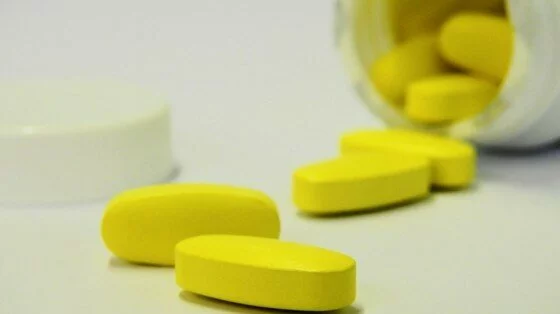The Dark Side of Prescription Drugs

“I lost everything when the police raided my house looking for prescription drugs. My husband and two little children were home that night. I was so ashamed I couldn’t even look at them. I was arrested, put in handcuffs and locked up. My husband divorced me. My children were taken away from me. I knew I had hit bottom.”
Sylvia* is a 44 year-old radiologist, former president of the PTA, and prescription drug addict.
An Invisible Epidemic
A great deal has been written about alcoholism and drug addiction over the last two decades. However, information regarding prescription drug abuse and addiction only seems to surface when someone famous has a problem and needs treatment or dies.
Historically, prescription drug addiction has been the most underreported drug abuse problem in the nation( National Institute of Drug Abuse). It is also the least understood. Addiction to and withdrawal from prescription drugs can be more dangerous than other substances because of the insidious nature of these drugs.
Two types of the most commonly abused drugs are opioids and benzodiazepines. Opioids are generally used to control pain. Benzodiazepines, or tranquilizers, are used to manage anxiety. These drugs are prescribed for short-term use such as acute pain and anxiety that is in reaction to a specific event. They may also be prescribed for chronic pain or generalized anxiety.
Chronic Pain
Like many other people, Sylvia’s doctor put her on Vicodin because she suffered from chronic migraines. The pills worked effectively. They took away her headaches and allowed her to live her life. But, like other narcotics, Vicodin lost its effectiveness over time. Sylvia began to increase her dosage. She had built up a tolerance to the medication. She was physically dependent on Vicodin.
Fearing that her doctor would stop prescribing the medication if she told him that she had increased the dosage, she kept it a secret. She did not believe that she would be able to function without the pills. She began to change the numbers on the prescriptions so that she would get more pills, with more refills.
Over the next two years, she went from a physical dependence to a physical and psychological addiction. She had to continue to take this drug in increasing dosages in order to feel “normal.” She went from taking the medication as prescribed to a drug habit of 30 pills a day. She started to “doctor shop” in order to obtain several prescriptions at a time. She would make appointments with a number of doctors to get what she needed. She switched pharmacies often so that she could drop off each prescription at a different one. She went to a number of pharmacies in different neighborhoods so that no one would become suspicious.
She could not use her insurance since she was buying several prescriptions of Vicodin at one time. She used different names at each pharmacy. She spent hundreds of dollars a month. She kept a careful record of who she was at every one. As her habit increased, she had to find new ways of getting pills. She stole a prescription pad from one of her doctors and began to forge her own prescriptions. One day, she made the mistake of writing a date on the forged prescription that happened to be a Sunday. The pharmacist became suspicious and confronted her about it. She quickly left the store. He called the police.
By the time the police raided her house, she had hundreds of pills hidden in the bathroom, the kitchen, and bedroom. The police thought she was selling them. They had no idea that the amount she had wouldn’t even last her two weeks.
This may seem like an unbelievable story, detailing extreme measures to obtain narcotics. Unfortunately, Sylvia’s story is not unusual or unique. The National Clearinghouse for Alcohol and Drug Information reported in May of 2001 that approximately four million people aged twelve and up misuse prescription drugs. That is roughly 2-4% of the population, four times the amount it was in 1980. Prescription drug addiction accounts for roughly a third of all drug abuse problems in the United States.